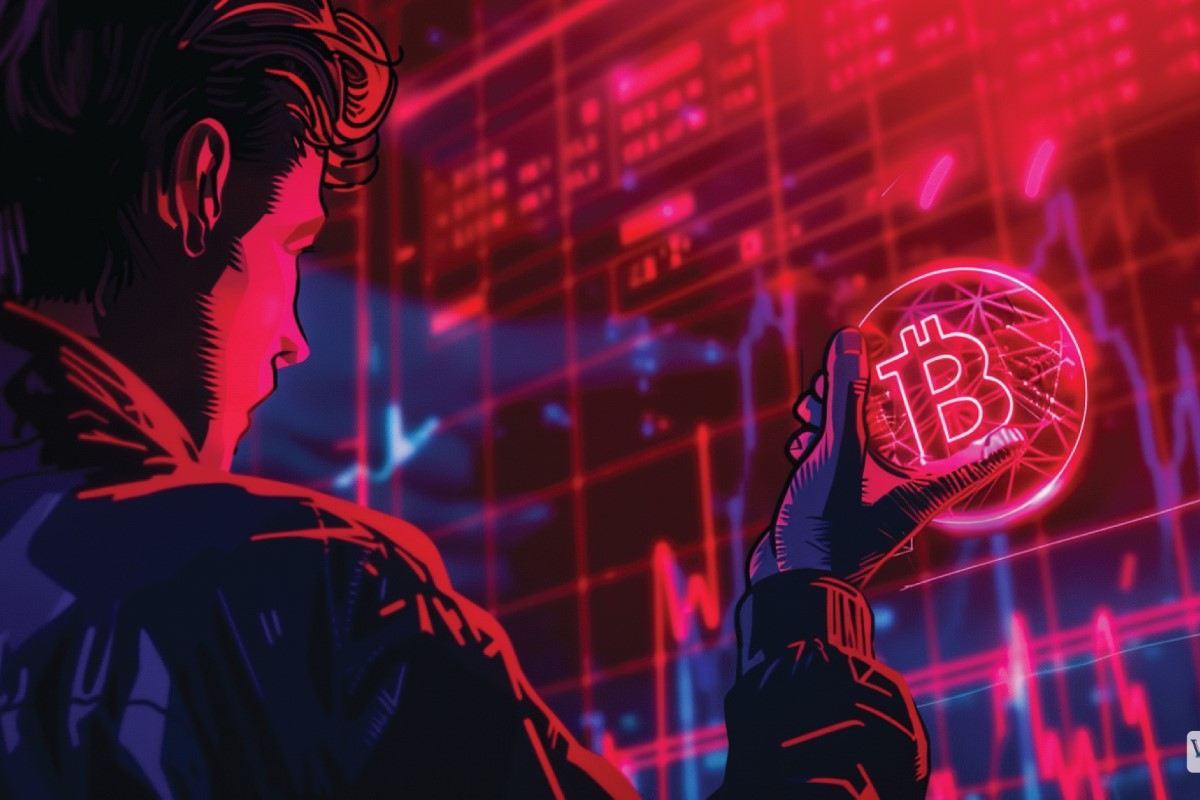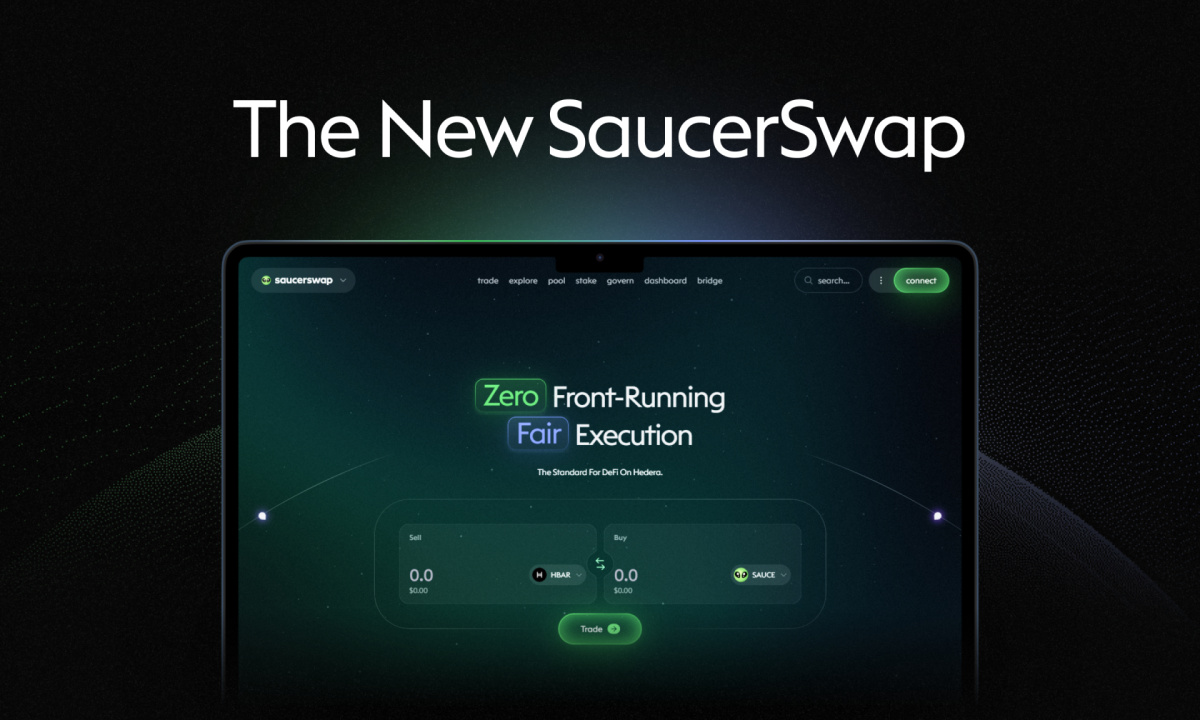Key Insights
- Bitcoin’s price action over the past week has been relatively quiet. However, the cryptocurrency has a lot going on under the hood.
- Bitcoin’s quietness in terms of price may be due to massive HODLing.
- This suggests that Bitcoin’s long-term price outlook may hold some promise.
Rising macroeconomic pressures seem to be taking a toll on Bitcoin (BTC) price action. However, Bitcoin price has managed to maintain itself above key support zones, despite concerns about the rising inflation rates in the US and other major economies.
Even though faced with some volatility setbacks in the past week, BTC now appears to be stuck within a very small price range.
This, along with several other on-chain metrics like its low on-chain volumes shows that Bitcoin may need some help with rising above some of its seasonal lows.
In a recent insight article from Glassnode, the analytics platform pointed out that large portions of the cryptocurrency’s supply may still be sitting idle in investor wallets, among several other on-chain “weaknessesâ€.
The on-chain and trading volumes have also had a laggy performance of late, according to some metrics.
However, several other metrics like the RHODL ratio, liveliness and age bands indicate that the quietness may actually be due to investors stocking up on Bitcoin before the next bull market.
In this article, we take a deep dive into Bitcoin on-chain data and try to pinpoint their implications for the cryptocurrency.
Bitcoin’s Transfer Volumes Are Down
This might be a complicated topic to explain.
In the analytics article, Glassnode mentions that due to the bear market, there is a large decline in the performance of several sectors including Bitcoin.
This has been the case since early 2021. And ever since then, the Transfer Volumes handed by the Bitcoin network have fallen from a cycle high of $13.1 billion to a cycle low of $1.9 billion over an 85.5% decline.
Glassnode also acknowledged that over the last few months of 2023, this same metric has recovered slightly and now appears to be trending up.
Despite the recovery, though, its transfer volumes remain stuck near cyclical lows between $1.9 billion and $4.4 billion.

The same decline can be seen in the Exchange deposit volume metric, with a decline from a peak of $4.2B in May 2021, all the way down to a low of $343.4M in May 2023.
Bitcoin’s Realized Profit and Loss Hits Fresh Lows
Glassnode also noted that Bitcoin’s combined Realized Profit and Loss are now trading around the lowest levels in the last 3 years.

The Realized profit and Loss metric of any asset provides insights into how much money is flowing in and out of said asset as it gets revalued higher, or lower.
By this metric, the interest of investors in the cryptocurrency in terms of how much they are throwing into the network has waned massively.
This either suggests that the majority of holders with large profits are unwilling to invest, or that the ones with massive losses are unwilling to enter the market again.
Bitcoin’s Adjusted Realized Price Shows Lack Of Motivation
It is also likely that Bitcoin’s sluggishness may be related to a lack of motivation from both bulls and bears.
Glassnode noted that the Bitcoin market’s participants may have price targets that are too close to the current price of the cryptocurrency. The article goes further to explain that the market’s investors and traders may need a major push from Bitcoin’s price action as motivation to start spending again.

As illustrated by the Adjusted Realized Price chart above, the Spot prices of the cryptocurrency are too close to the Adjusted Realized Price ($25.2k), which many traders have probably marked by now, as an area of interest in case the Bitcoin market enters another surprise dip episode.
Glassnode also pointed out that Bitcoin’s Adjusted MVRV Ratio increased to a value of 1.21 during Bitcoin’s March–April rally above $30,000. This indicates that a relatively low amount of 21% unrealized profit was attained.

The adjusted MVRV ratio currently shows a value of 1.09, indicating that just 9% of unrealized profit is still available on the market.
Coincidentally, this level also happened to be the cycle lows in the March 2020, 2019 and 2018 bear markets.
Meanwhile, It isn’t all bad for Bitcoin though. Because…
More People Are Steadfastly HODLing
Despite the roughness of the crypto market over the bear market in the last two years, the amount of Bitcoins that has remained unsold for more than a year has continued to increase.

In fact, the Long-Term Holder Supply (coins held for more than 155 days) has hit an all-time high of about 14.46 million BTC.
If the Long Term Holder supply is rising, this might also mean that investors bought in massively after the FTX crash, and have been HODLing ever since.
The “Liveliness Metric†Shows Massive HODLing
Bitcoin’s “liveliness metric†measures the balance between how many investors are HODLing, and how many investors are actively spending their Bitcoin.
If the liveliness metric goes up, it means that more people are sending coins to each other and that the network is busy.
However, if the liveliness metric goes down, it means that more people are HODLing their coins.

Based on this, the Bitcoin network’s Liveliness has dropped to its lowest level since before the last bull market in December 2020. This suggests that HODLing is becoming more dominant, and more people are anticipating the next bull market.
Glassnode also notes that the short-term HODLers’ HODLing time appears to be weakening.
Because of this, we can assume that Short term HODLers are generally reluctant to spend within the current price range.
Bitcoin’s Realized Cap Ratio Suggests More Experienced HODLers
Bitcoin’s Realized Cap is a new variant of the RHODL Ratio that compares the number of coins held in a 2 – 6 year timeframe, to that of coins held between 6 months to 2 years.

Glassnode notes that this metric is increasing. This indicates that a huge portion of holders from the 2021–22 cycle are starting to become seasoned HODLers.
This points towards a strong technical and fundamental outlook for the cryptocurrency over the long term, especially since the next bull market is less than 200 days away.
Disclaimer: Voice of Crypto aims to deliver accurate and up-to-date information, but it will not be responsible for any missing facts or inaccurate information. Cryptocurrencies are highly volatile financial assets, so research and make your own financial decisions.









